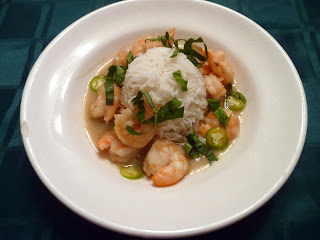When two gypsies team up with an arrogant bastard, there is bound to be some criminal activity... better to view this project as a conspiracy rather than a collaboration. The strengths of all involved were utilized to break the laws of style guidelines... dark with deception, mysteriously smoked, unexplainably dry, and intriguingly hopped ... maybe it is best not to talk about it.
If we did not talk about "The Perfect Crime," then I'd have one less blog post. The conspirators are three of the most innovative breweries in the craft beer scene ... Stone Brewing, Stillwater Artisanal Ales and Evil Twin. I have reviewed beers produced by each individual brewer, such as Stone's Double Bastard, Stillwater's Eschatalogical Ale, and Evil Twin's Freudian Slip. The Perfect Crime offers an opportunity to review the one collaboration of these three breweries.
If we did not talk about "The Perfect Crime," then I'd have one less blog post. The conspirators are three of the most innovative breweries in the craft beer scene ... Stone Brewing, Stillwater Artisanal Ales and Evil Twin. I have reviewed beers produced by each individual brewer, such as Stone's Double Bastard, Stillwater's Eschatalogical Ale, and Evil Twin's Freudian Slip. The Perfect Crime offers an opportunity to review the one collaboration of these three breweries.
The Perfect Crime is a rather unique beer. It is a black smoked saison. Those three words -- black ... smoked ... saison -- do not appear together very often in the beer world. Nevertheless, they work very well together.
This black smoked saison pours a dark brown, almost black color. There is a decent foam that recedes to the edges of the glass. According to the brewmasters, the first aromas are of dark roasted, mildly smoky malt, with the saison yeast fighting through with a fruitiness and spiciness that presents a nice side-by-side complement to the malts as the beer warms. This description was fairly accurate, because I found that the smoked aromas were clearly present up front, but a little more fruit and spice behind that smoky barrier.
This black smoked saison pours a dark brown, almost black color. There is a decent foam that recedes to the edges of the glass. According to the brewmasters, the first aromas are of dark roasted, mildly smoky malt, with the saison yeast fighting through with a fruitiness and spiciness that presents a nice side-by-side complement to the malts as the beer warms. This description was fairly accurate, because I found that the smoked aromas were clearly present up front, but a little more fruit and spice behind that smoky barrier.
When it comes to the taste, The Perfect Crime is described as having a light roast and blended smoky character, which is followed by that Belgian saison yeast, which adds fruit, pepper and spice flavors that outlast the smoke flavors. The brewers suggest hints of citrus and bananas in the finish with a bitter hop aftertaste. I could definitely sense the roast and smoky character, as well of some of that fruit, pepper and spice. There was a bitterness in the finish, but I did not get the citrus or bananas in the finish.
This beer was given to me to try, so I don't know if and where it is available. Given it is a collaboration, it is most likely not being produced anymore. Here is to hoping that another conspiracy is in the offing....
ENJOY!









